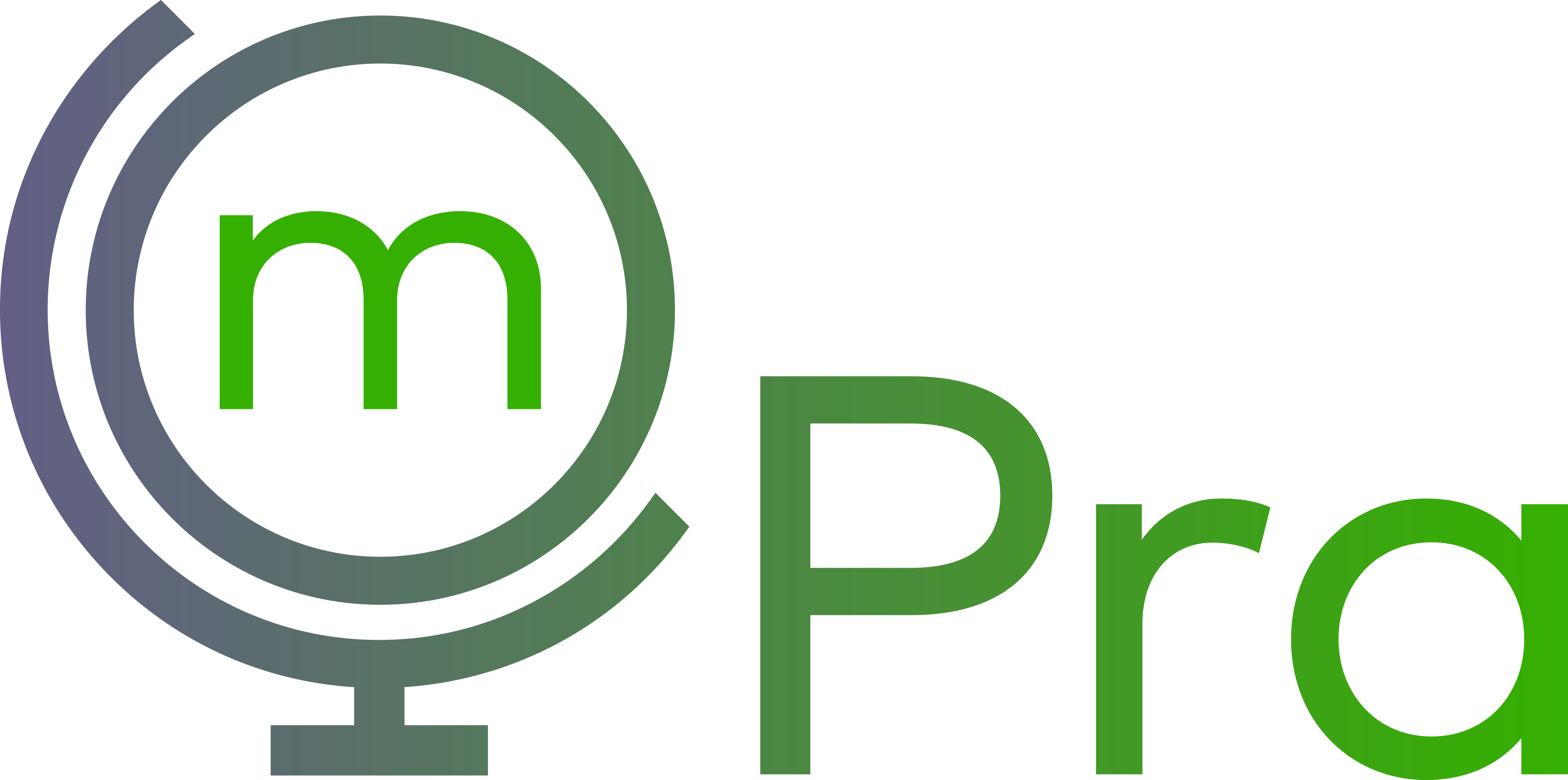
General Aim:
Relate the concept of commons with that of youth for this:
- Learn about children’s rights, history and hidden aspects, the three Ps and moving beyond, introduction to general principles of the CRC.
- Reflect about children as commoners.
- Demonstrate your understanding of the relevance of children’s rights for your practice
- Come up with plans and take action to support children’s rights.
Learning outcomes
- Learn about children’s rights, history and hidden aspects, the three Ps and moving beyond, introduction to general principles of the CRC.
- Reflect about children as commoners.
- Demonstrate your understanding of the relevance of children’s rights for your practice
- Come up with plans and take action to support children’s rights.
Brief description
The lesson will start with a brief students´ self presentation. Followed by an activity related to the conceptions about children and childhood. This will be followed by a 20 minutes lecture and a classroom discussion to understand: children’s rights, history and hidden aspects, the three Ps and moving beyond, introduction to general principles of the CRC. Finally, the last 10 minutes will be allocated to the assessment outline and Q&A (questions and answers).
General Aim:
Relate the concept of commons with that of youth for this:
- Reflect on global youth and their characteristics in the contemporary world
- Understand the characteristics and dynamics of contemporary youth movements (youth movements: feminist movement, environmental movement, student movements)
- Reflect on personal current and future experiences of participation to youth movements
Learning outcomes
- Learn about concrete experiences of participation, urban cultures and youth movements in which young people act as commoners
- Recognize the forms of organization, communication, participation, and creation of these movements
- Identify the role of youth in promoting a common culture
- Develop self-reflection on personal experiences of youth movements and its impact on the wider community
Brief description
The lesson will start with a brief students´ self presentation, followed by a warming up activity entailing the projection of a video and a discussion. Then, students will be asked to answer some questions related to the lesson’s issue and discuss them. This will be followed by a 10 minutes lecture and a classroom discussion. Finally, the last 10 minutes will be allocated to the assessment outline and Q&A.
